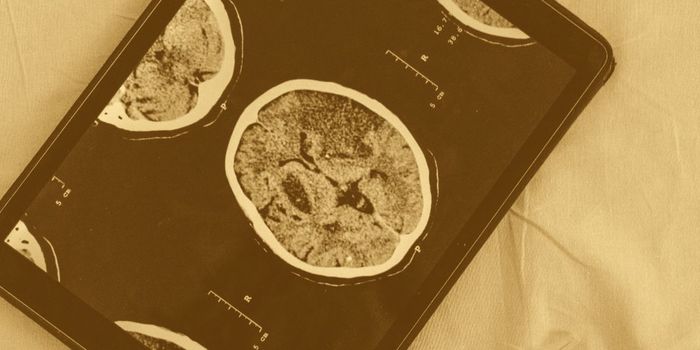Synced brainwaves reveal if students like class
To see if students actually enjoy a class—and get along with their classmates—check their brainwaves, a new study suggests.
“How well our brainwaves sync up with those of another person appears to be a good predictor of how well we get along and how engaged we are,” explains lead author Suzanne Dikker, a research scientist at New York University’s psychology department and Utrecht University in the Netherlands. “Overall, our findings suggest that brain-to-brain synchrony is a possible neural marker for everyday social interactions.”
In a departure from standard experimentation, the scientists followed a group of 12 high school students and their teacher for an entire semester and recorded their brain activity during their regular biology classes using portable electroencephalogram (EEG) technology.
“The study offers a promising new method to investigate the neuroscience of group interactions,” adds senior author David Poeppel, a professor in the university’s department of psychology and Center for Neural Science, as well as director of the Max Planck Institute for Empirical Aesthetics in Frankfurt.
Previous studies have typically measured single individuals or one-on-one interactions in highly controlled laboratory settings. By contrast, this work, appearing in the journal Current Biology, gauged dynamic social interactions in a complex group setting outside of the laboratory, shedding light on the role of brain synchrony in a more natural environment.
“The study is groundbreaking in the sense that we studied how the brain works in the real world rather than in a well-controlled laboratory environment,” explains Mingzhou Ding, professor of biomedical engineering at the University of Florida. “The implications for social science and for education are enormous.”
Using low-cost, portable brain recording equipment, the researchers compared the EEG readings of the students to each other. Then, researchers explored the factors that might predict the level of synchronized brain activity between students with their self-reports on classroom engagement (e.g., students’ appreciation ratings of different teaching styles and their day-to-day focus level) and measures of classroom social dynamics: Students were not only asked how much they liked each other and the teacher, but also reported how much they liked group activities in general. Both classroom engagement and social dynamics have been shown to be critical for learning.
The results showed a positive correlation between a student’s ratings of the course and the student’s brain synchrony with her classmates as a group—in other words, the more a student’s brain waves were in sync with the those in the classroom as a whole, the more likely she was to give the course a favorable rating.
Similarly, the greater the synchrony between an individual student and her classmates, the more likely they were to give positive ratings to the instructor’s teaching style.
The researchers also examined whether or not brain-to-brain synchrony reflected how much students like each other. To do this, students reported how personally close they were to other individuals in the class.
Specifically, they found that pairs of students who felt closer to each other were more in sync during class, but only if they had interacted with each other face-to-face immediately before class. This suggests that having face-to-face interaction right before sharing an experience matters, the researchers conclude, even if you’re not directly interacting during that experience (like watching a video). Finally, students who considered group activities important in their lives, exhibited higher synchrony with their classmates.
The mechanism underpinning the observed brain-to-brain synchronization is likely to be shared attention, the authors posit, and this new approach provides a quantitative means to measure the factors that mediate social cohesion in groups.
The National Science Foundation and a Netherlands Organization for Scientific Research Award supported the research.
This article was originally published on futurity.org








